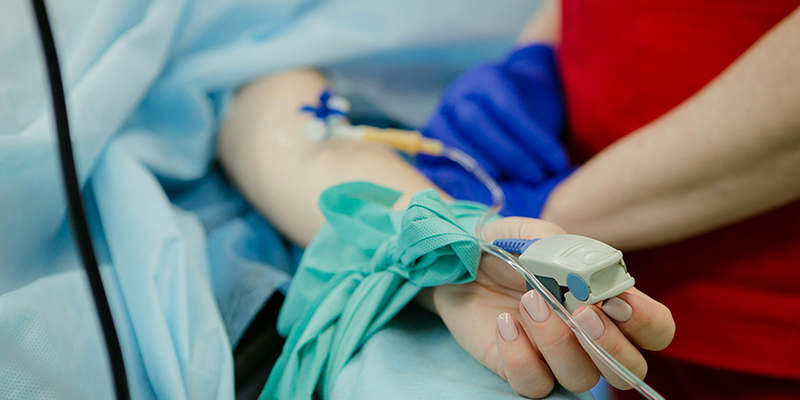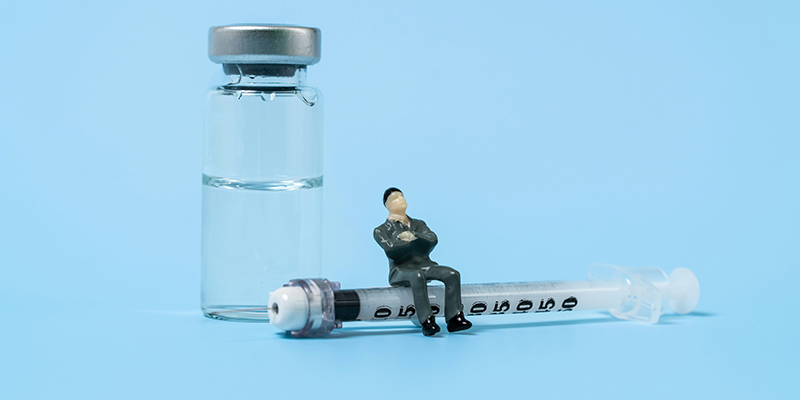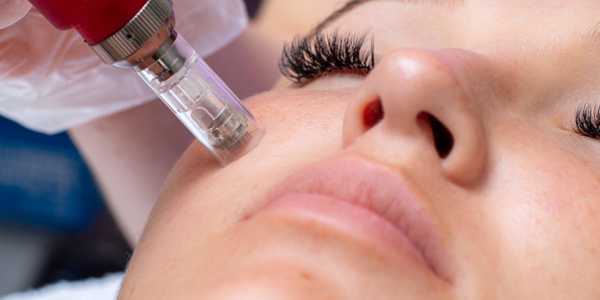8 Facts About the Mpox Outbreak: Get Informed and Take Action
Mpox, once recognized as monkeypox, has returned to the forefront of global public health discussions due to its alarming resurgence and the potential for widespread transmission. In a world characterized by increased global mobility and connectivity, understanding this viral infection is essential for protecting both individual and community health. This article aims to inform readers about facts about mpox outbreak, detailing its symptoms, methods of transmission, and preventive measures that can empower individuals and communities.
1. Global Case Statistics
As of December 6, 2024, the global tally of confirmed mpox cases has reached 21,430. This outbreak predominantly involves two strains, Clade I and Clade II. Tragically, the deadly aspect of this outbreak includes 600 reported deaths, the bulk of which have occurred in Africa.
2. Countries Most Affected
The mpox outbreak has hit several countries particularly hard, with the Democratic Republic of Congo (DRC) standing out due to its staggering number of cases and associated fatalities. The DRC's already strained healthcare system exacerbates the crisis, solidifying its status as the epidemic's epicenter. Other nations wrestling with rising mpox cases include Burundi, Nigeria, Zambia, and Ghana, reflecting a concerning trend throughout the region. Furthermore, mpox has made its way beyond the African continent, with notable outbreaks reported in Europe, especially in the UK and Sweden. This widening scope of the outbreak emphasizes the necessity for global health initiatives and collaborative efforts to manage and mitigate its effects.

3. Key Symptoms of Mpox
Mpox typically initiates with a range of early symptoms that bear resemblance to influenza. Patients often report experiencing fever, headaches, muscle aches, back pain, and swollen lymph nodes, presenting within a timeframe of 5 to 21 days following exposure to the virus. These symptoms generally persist for about a week. Following this symptomatic phase, a distinctive rash materializes, progressing through several stages. Initially, flat lesions manifest, which evolve into raised bumps, filling with fluid as the illness advances before eventually crusting over and falling off. It is crucial to recognize that severe manifestations of mpox may impact sensitive areas, including the eyes, mouth, and genitals, potentially leading to significant discomfort or long-term complications that necessitate prompt medical attention.
4. Understanding Mpox Transmission
Mpox primarily spreads through close physical contact with infected individuals, encompassing skin-to-skin interactions and sexual activity. It is essential to recognize that the virus can also be disseminated through respiratory droplets when an infected person coughs or sneezes, although this route is less frequently observed. Moreover, contaminated objects, such as towels, bedding, and clothing, can act as vehicles for the virus, facilitating transmission when healthy individuals come into contact with these items. Beyond human vectors, some animals (including monkeys, rats, and squirrels) can harbor the virus and transmit it to humans, emphasizing the need for vigilant monitoring of animal populations as part of effective outbreak management.
5. Protecting Vulnerable Populations
Certain groups are particularly vulnerable to mpox, including children under the age of 15, immunocompromised individuals, and pregnant women. These populations are at an elevated risk for severe illness due to their distinct health profiles. Children's immune systems are still developing and may react unfavorably to infections. Similarly, immunocompromised individuals—either from chronic health conditions or suppressed immune responses—are at a heightened risk for serious complications. Pregnant women experience changes in immune responses that could result in adverse effects for both mother and child. Furthermore, impediments to vaccination efforts, notably the limited availability of smallpox vaccines that can afford cross-protection against mpox, deepen these vulnerabilities. It is imperative to address these cobwebs in health systems to provide equitable access to critical vaccines and safeguard at-risk communities effectively.
6. Effective Prevention Strategies
Combatting the ongoing mpox outbreak necessitates the implementation of strong preventive measures. Firstly, individuals should refrain from close contact with anyone exhibiting mpox symptoms, particularly rashes or lesions. Maintaining diligent hand hygiene by frequent handwashing with soap and water, or using hand sanitizer, significantly helps reduce transmission risks. Additionally, those diagnosed with mpox must isolate themselves until all lesions are completely healed to prevent further spread of the virus. It is equally critical for individuals who have recovered from mpox to use condoms for at least 12 weeks following recovery. This measure is crucial for curbing any potential for sexual transmission, securing the health of both the recovered individuals and their partners. By adhering to these guidelines, we can collectively quell the propagation of mpox and protect our public health.
7. Alarmingly Rising Case Trends
The mpox outbreak has been witnessing worrisome trends, with cases increasing by 160% from January to July 2024. This sharp rise in infection rates is coupled with a 19% increase in associated deaths. Health officials have discovered the emergence of new viral strains, notably Clade 1b, which has been correlated with more severe disease outcomes. This strain affects a broader demographic, including vulnerable populations like children, raising public health concerns. The combination of heightened transmissibility and increased severity of symptoms linked with this new variant underscores the imperative for amplified awareness, testing, and vaccination initiatives. As these dynamics continue to evolve, it is essential for communities and health systems to adopt proactive measures that will protect those at heightened risk.

8. Collective Measures against Mpox
The mpox outbreak has surfaced as a significant public health issue, highlighting the urgent necessity for awareness and preventive protocols. With rising transmission risks, individuals must remain informed about the evolving characteristics and symptoms associated with this virus. Following public health guidelines—such as vaccination and maintaining proper hygiene—is paramount in protecting not only personal health but also the health of our communities. As we navigate through this outbreak, a proactive approach to disseminating knowledge and practicing caution can play a pivotal role in containment efforts. Together, we can tackle the implications of mpox and safeguard the well-being of those around us.




















